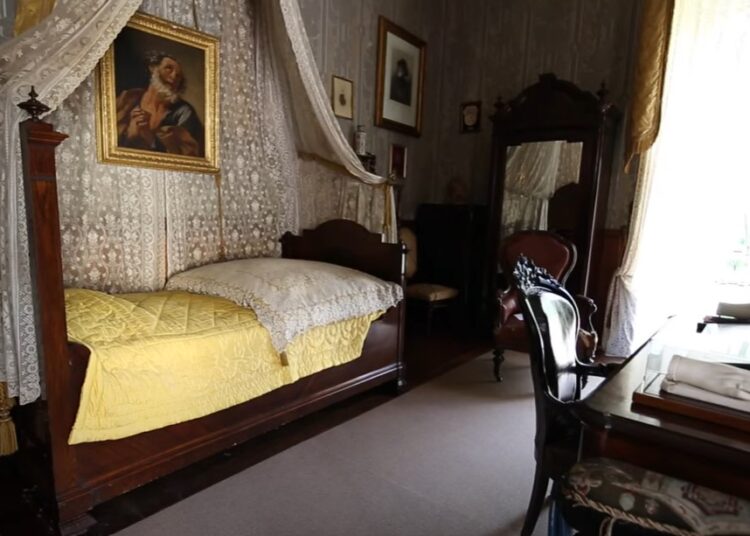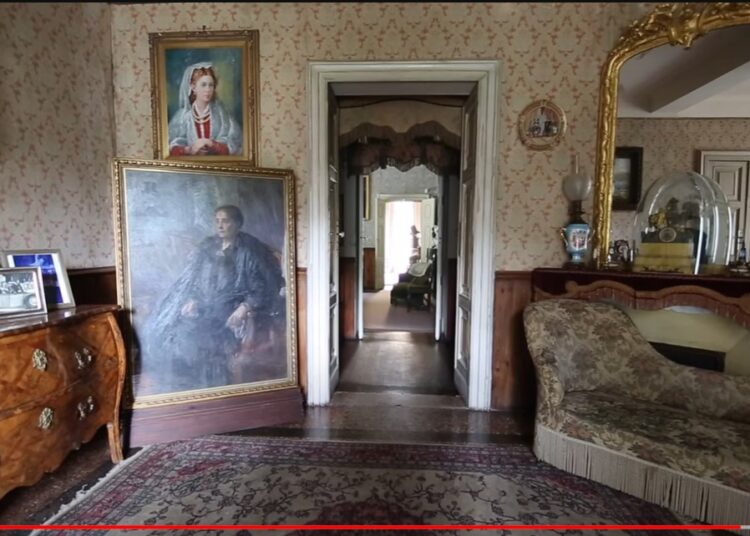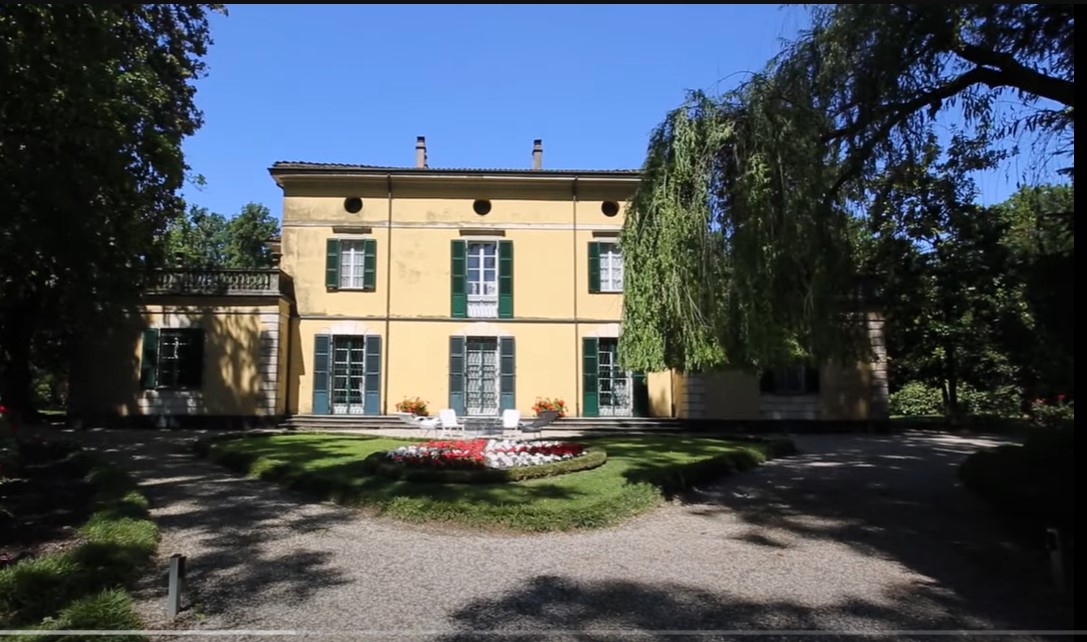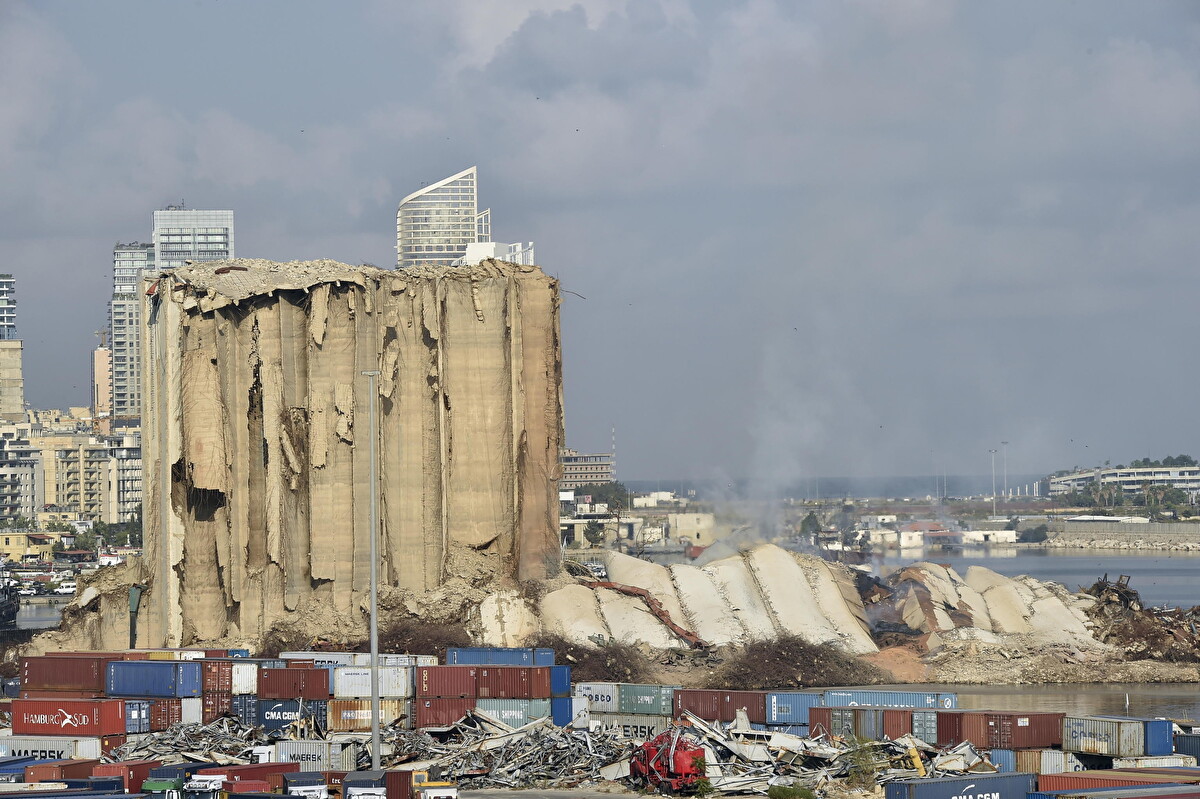A country house lived in by Giuseppe Verdi for 50 years has been the object of discord in a long-running squabble among the Italian composer’s heirs.
Verdi, whose compositions include La Traviata, Aida and Otello, built Villa Verdi on land he owned in Sant’Agata di Villanova, a hamlet near his home town of Busseto in the Emilia-Romagna region, in 1848. It was initially inhabited by his parents before Verdi moved in with his second wife, Giuseppina Strepponi, in 1851, remaining there until his death in 1901.
For the musical genius this was a beloved place, he had taken an active role in its design and execution, and as an amateur architect he kept making changes until it became exactly what he wanted. The gardens were spectacular, featuring exotic plants from all over the world.

The home is currently owned and partly lived in by four siblings who are descendants of Maria Filomena Verdi, the composer’s younger cousin who was raised by him and Strepponi as their daughter. The problem is none of them is wealthy enough to buy off the shares of the other three, which has led to squabbles for the past two decades. They decided to sell the property, which contains some of Verdi’s works, books, paintings, his beds and other belongings. The maestro had stipulated in his will that the house should remain forever as he left it and so, today it looks like a time capsule.
Since 2010, Villa Verdi has been managed by Angiolo Carrara Verdi and partly used as a museum, with visitors able to tour rooms including one that contains the bed and other items of furniture from the hotel room in Milan where Verdi died.

The tussle over the house has waxed and waned with time, first with one side gaining the advantage and then the other. On October 30 it looked like Villa Verdi would definitely be shut and become just another part of forgotten history. Angiolo Carrara Verdi said, “I have to leave the house where I returned to live with my family since 2010 and which I have protected and safeguarded for years, the place where I spent practically 53 years of my life. ” He added, “For me, villa and museum have never been two separate entities. And since I can no longer live in Sant’Agata, I can’t even take care of the museum anymore. I will liquidate the company”.

Even just two weeks ago, the house-museum was set to be closed and sold, according to reports last week. But now it appears that a definitive decision has been made to rescue the historic property, though its final disposition remains unclear. Culture Minister Gennaro Sangiuliano said on Monday, October 31, that the house will not be shut due to disrepair.
The Carrara Verdi family members have reached an agreement to put the house up for auction, with the Italian state having the right of first refusal. As Sangiuliano said, “Villa Verdi and its previous goods have a fundamental importance for the memory and identity of the Italians and so they must be safeguarded and open to the public”.












